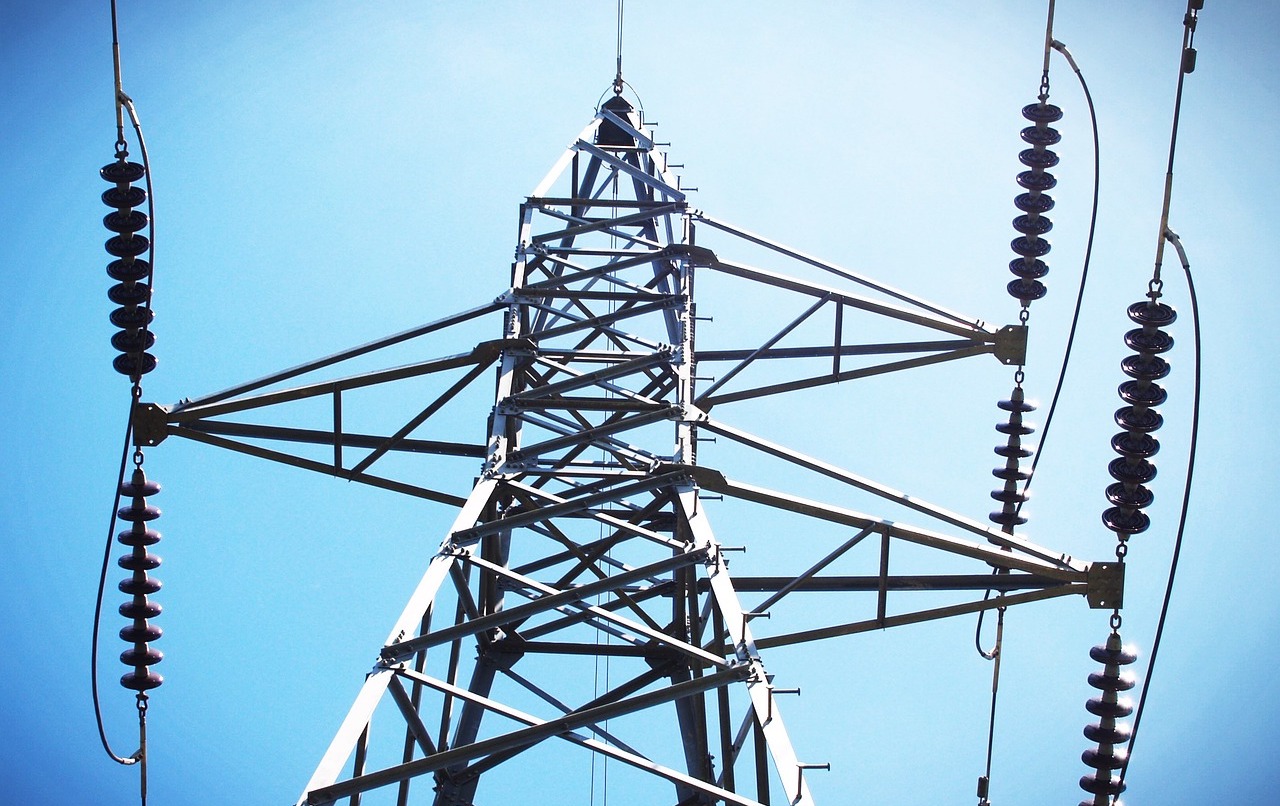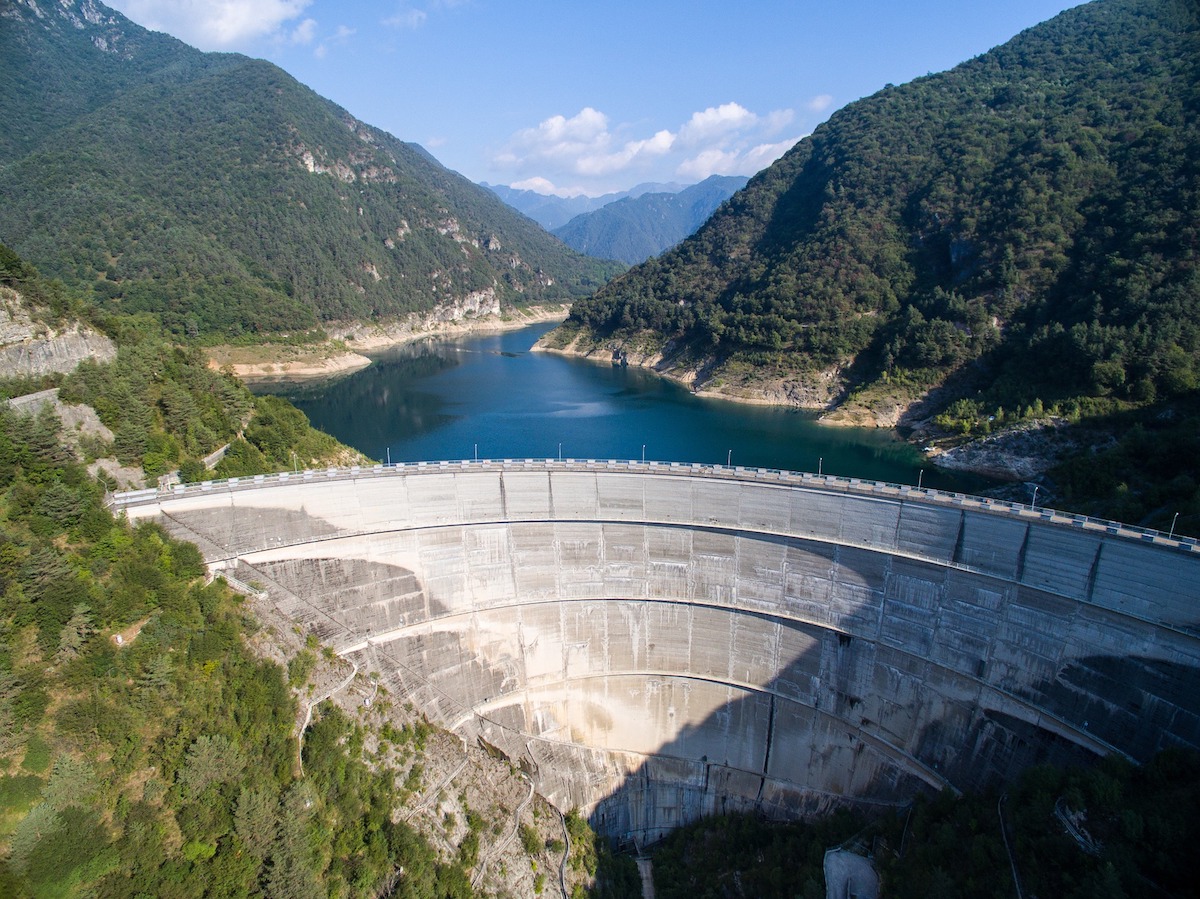The alarm is sounding to warn that the structural foundations that have long enabled major cities to function productively in the past won’t provide a reliable template for the future.
This is most evident when it comes to public infrastructure, said Mikhail Chester, an associate professor of civil, environmental and sustainable engineering in the Ira A. Fulton Schools of Engineering at Arizona State University.
Chester and other experts say the power, water and transportation systems that have been relied upon to provide stable foundations for growing urban areas must be reinforced or even “reimagined” to withstand the one thing that is changing in a significant and precarious fashion: the climate.
Critical infrastructure systems are at risk from increasingly frequent extreme weather events — severe hurricanes, wildfires, monsoon storms, violent storm surges, heat waves, flash flooding and the like — that are brought on by climate change.
“Extreme events are going to be a chronic problem for our built environment, especially in urban centers,” Chester said. “We need to rethink how we design infrastructure for environmental extremes and how we position our communities to be prepared for these events.”
He and colleagues at ASU and elsewhere are progressing on multiple related efforts to help cities confront the challenge.
Chester has the lead role in an extensive five-year endeavor, funded by a $3.5 million grant from the National Science Foundation’s Growing Convergence Research program, to create platforms for the development of social, ecological and technological infrastructure systems for urban resilience.
Along with two ASU researchers — Regents Professor Nancy Grimm, in the School of Life Sciences, and Associate Professor Nathan Johnson, in The Polytechnic School, one of the six Fulton Schools — the project involves peers at Georgia State University, The New School, Barnard College and the U.S. Forest Service.
The team’s goal, Chester said, is to “identify cutting-edge transition strategies” for cities to follow in strengthening urban infrastructure systems against extreme weather events they will likely face throughout the 21st century.

The detrimental impacts of extreme weather events on public services such as electrical power could be especially severe in high-density urban areas in which more people, buildings and infrastructure systems could be affected. Photo courtesy of Pixabay
In accord with the NSF’s convergence research approach, the project involves collaborations of scientists, engineers and other experts in a broad range of fields — including engineering, social sciences and ecology. Those specialists will, in turn, engage with public policy makers, community groups, nongovernmental organizations and other stakeholders to devise ways to implement urban resilience strategies for infrastructure.
Atlanta, New York, Phoenix and San Juan, Puerto Rico, are the test cities selected for the project. These cities represent a diverse array of climatological conditions and extreme weather events, as well as various existing infrastructure conditions and socioeconomic profiles, Chester said.
Viable solution: Integrating built environments and natural ecosystems
The project builds on an ongoing five-year, nine-city effort called the Urban Resilience to Extremes Sustainability Research Network, UREx SRN for short, based at ASU. Grimm, an ecosystem ecologist, is co-director of the research network that has research objectives closely aligned with those of Chester’s NSF convergence research priorities.
“We need to bring together the domains of social, ecological and technological expertise that don’t often talk to each other because the challenge of preparing for the impacts of extreme events is one that requires input from all of these perspectives,” Grimm said. “We want to merge the theoretical frameworks on resilience currently differentiated between engineering, ecology, social science and social-ecological systems. It’s important to get that framework right because there are so many competing ideas about what resilience means. It’s a popular concept, but a mightily contested one.”
UREx SRN’s partners include 20 research universities and 10 cities, including Phoenix. Mark Hartman, Phoenix’s chief sustainability officer, said being involved with both UREx SRN and Chester’s project will help the city devise strategies to better coordinate infrastructure sustainability efforts.

Urban transportation systems — especially freeways — are a key focus of city leaders concerned about the vulnerability of public infrastructure to the potential damage that could be inflicted by severe weather exacerbated by climate changes. Photo courtesy of Pixabay
Rising heat, heavier flooding and drought are among the challenges the Phoenix metro area could face with intensifying weather events, Hartman said, “so we are active participants in these ASU projects. They will help generate a more sophisticated dialogue about defining sustainability and dealing with the different facets of climate impacts.”
Both Grimm’s and Chester’s projects spring from the realization that old models of infrastructure design based on the climate conditions of the past “are untenable in the ‘new normal’ of extreme weather events,” Grimm said.
They and their fellow researchers envision solutions emerging from innovations in the design and development of both “gray” and “green” infrastructure — in other words, the integration of built structures and natural ecosystems to work together to protect against the harmful environmental impacts of climate change.
For an example of complementing gray and green infrastructure solutions, Grimm points to Hurricane Sandy in 2012 (also called Superstorm Sandy), the second-costliest hurricane on record in the United States at the time. Storm-recovery efforts include restoration of coastal wetlands and dunes, along with construction of a large sea wall, work that is now underway in the New York city area.
The restoration project is expected to dramatically reduce impacts of future storm surges, while the sea wall will help protect the highly exposed lower section of New York’s Manhattan borough, Grimm said.
Similarly, in Arizona, the city of Scottsdale’s Indian Bend Wash Greenbelt was designed specifically to keep flooding in the area from inflicting no more than minimal damage, she says, because it spreads floodwaters across parks and golf courses, while roads, businesses and homes are safely located beyond the broad floodplain.
Community impact should be foremost infrastructure design goal
Beyond that, researchers want to see cities’ transitions to new infrastructure systems be firmly grounded in concern for social equity, which means systems that are accessible and beneficial for all segments of urban populations.
That aspect of the research mission is emphasized by David Iwaniec, a co-director on Chester’s convergence research project and a leader of one of UREx SRN’s research working groups.
Iwaniec earned a doctoral degree in sustainability at ASU, worked as a postdoctoral researcher for Grimm and then as an assistant research professor for the School of Sustainability. He’s now an assistant professor in the Urban Studies Institute at Georgia State University.
His focus in the ASU urban resilience projects is on helping construct scenarios to guide communities in exploring various alternatives for transitions to new urban infrastructure systems. In addition, Iwaniec will devise assessments of those scenarios so stakeholders can better understand the potential implications of implementing various transition scenarios.
“This is not just about how engineered infrastructure is deployed,” Iwaniec said. “It is also about the governance and public interests involved in the process, about fostering a more bottom-up process that reflects community values.”
Iwaniec’s goal is to provide communities with a clear picture of the economic and social impacts of proposed new infrastructure systems. The idea is for such scenarios to help establish dialog with stakeholders as a basis for overcoming uncertainties, conflicts and other barriers to progress.
Related to these efforts, Johnson is developing the Resilient Infrastructure Simulation Environment, called RISE, as a platform to simulate different scenarios under day-to-day operations as well as during disruptions of various infrastructure systems, such as problems caused by extreme weather events.
It’s all part of a process Chester and his collaborators call synthetic infrastructure generation, which will provide simulations of the dynamics of various facets of those systems and show how they interact with each other to shape the urban fabric.

Dams and water reservoirs could be particularly impacted by the effects of climate change. Experts say such facilities must be reinforced to withstand strong physical and environmental pressures that accelerated shifts in climatological behavior could trigger. Photo courtesy of Pixabay
“Stakeholders will then tell us what they are worried about, and that sends us back to the drawing board,” Chester said.
What Chester hopes to eventually see is increased public awareness of how modernizing infrastructure to protect it from the threatening forces of a changing climate is critical to sustaining and enhancing the economies, social dynamics and the overall quality of life in America’s cities.
Top photo: The intensity of storms, hurricanes, floods, wildfires and heat waves resulting from climate change can pose serious threats to the stability of public infrastructure, such as bridges. Mikhail Chester, an associate professor at Arizona State University, is leading a project to provide expertise from scientists and engineers to help policymakers and communities groups take steps to protect urban infrastructure systems from the disruptive impacts of extreme weather events. Photo courtesy of Pixabay
More Science and technology

Programming to predict the unpredictable
As the natural world rapidly changes, humanity relies on having reliable, accurate predictions of its behavior to minimize harmful impacts on society and the ecosystems that sustain it.Ecosystems of…
Findings on adenoviruses in baby gelada monkeys provide a window into our own cold and flu season
If you have young kids or spend time around day care centers, you know the drill: Someone gets a cold, and soon the whole group is sniffling and sneezing. Now imagine that same pattern playing out in…

Student teams create AI tools to help neurodivergent learners
When Stevie Cervantes was a first-year student at Arizona State University, she shied away from using AI.“AI was everywhere and my friends were asking me, ‘Oh, do you use ChatGPT?’ And I hadn’t even…
